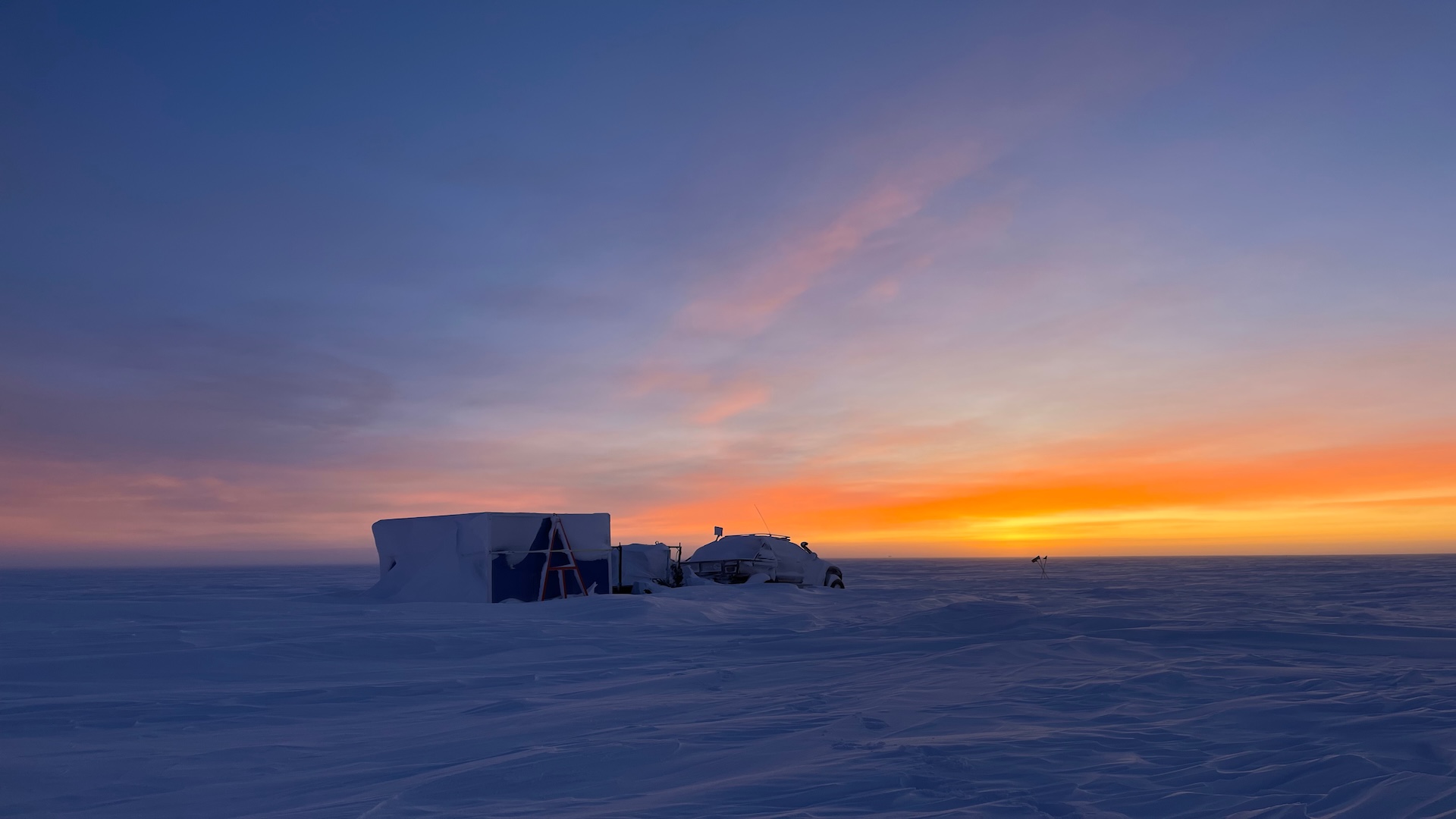Arctic Summers Could Be Ice-Free in 30 years
Summers in the Arctic may be ice-free in as few as 30 years, not at the end of the century as previously expected, a new study suggests.
Previous research had suggested the summer ice in the Arctic could last until the end of the century.
The updated forecast, detailed in the April 3 issue of the journal Geophysical Research Letters, comes from combining a new analysis of computer models with the most recent summer ice measurements.
Arctic sea-ice has been thinner and covered a smaller area in recent years. The summer of 2007 saw a dramatic meltdown that opened up the fabled Northwest Passage. This past summer saw the second lowest summer ice area on record.
"The Arctic is changing faster than anticipated," said study co-author James Overland, an oceanographer with the National Oceanic and Atmospheric Administration. "It’s a combination of natural variability, along with warmer air and sea conditions caused by increased greenhouse gases."
Overland and his co-author, Muyin Wang, of the University of Washington, analyzed projections from six computer models, including three with sophisticated sea ice physics capabilities. That data was then combined with observations of summer sea ice loss in 2007 and 2008.
The area covered by summer sea ice is expected to decline from its current about 2.8 million square miles (4.6 million square kilometers) to about 620,000 square miles (1 million square kilometers) – a loss approximately two-fifths the size of the continental U.S.
Get the world’s most fascinating discoveries delivered straight to your inbox.
Much of the sea ice would remain in the area north of Canada and Greenland and decrease between Alaska and Russia in the Pacific Arctic.
The melting of sea ice can cause what is called a "feedback," by further fueling the warming trend.
"The Arctic is often called the 'Earth’s refrigerator' because the sea ice helps cool the planet by reflecting the sun’s radiation back into space," Wang said. "With less ice, the sun’s warmth is instead absorbed by the open water, contributing to warmer temperatures in the water and the air."
- Video – Melting Sea Ice Seen From Orbit
- Arctic News, Images and Information
- Quiz: Global Weather Extremes
Editor's Note: The area of sea-ice coverage above was corrected April 3 after NOAA notified the media it had made a math error.



